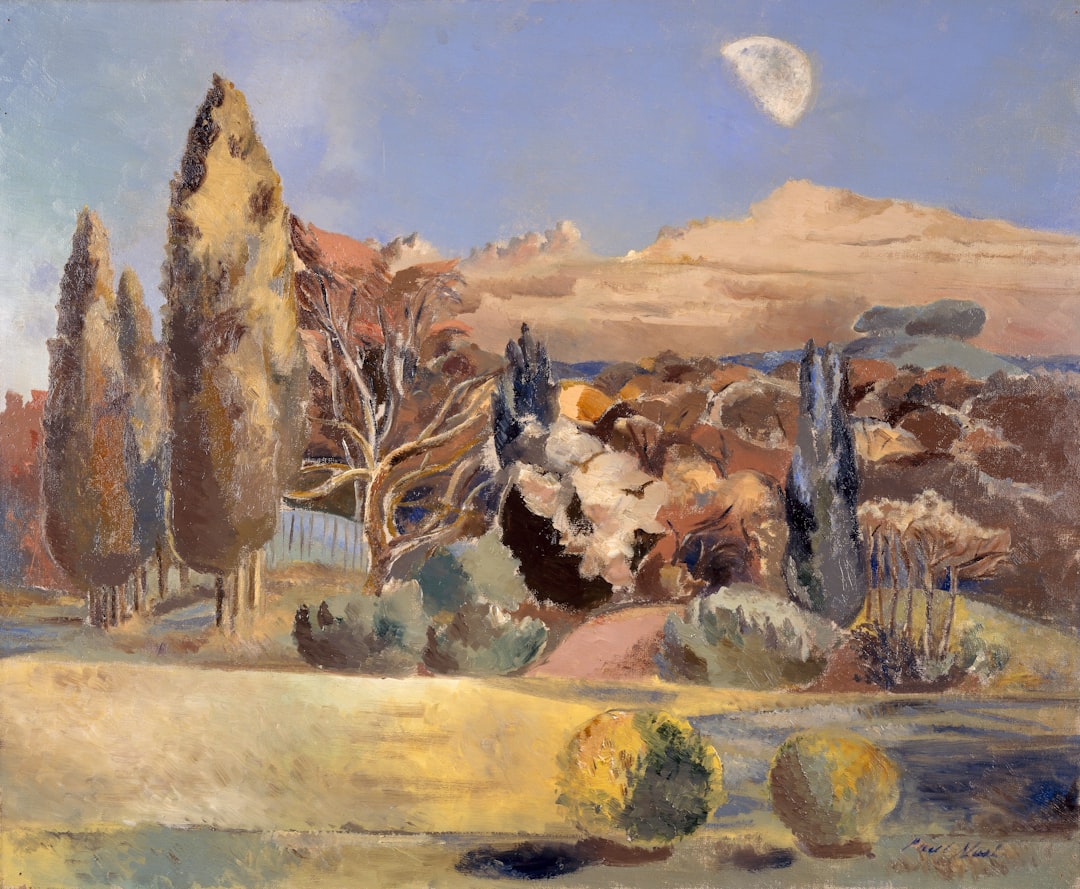What is it about?
This article concerns the important and unique eighteenth-century British marble portrait bust of the philosopher, free-thinker and philanthropist, Thomas Hollis (1720 – 1774), ‘the Anonymous Republican’, an influential and (now) internationally renowned defender of civil and religious liberty. The bust is now in the collection of the National Portrait Gallery, London. The bust was modelled and carved, circa 1760, by a leading British Sculptor, and founder Royal Academician, Joseph Wilton (1722-1803), and is one of the sculptor’s greatest productions. This article demonstrates how, despite its fame in the late eighteenth and early nineteenth centuries, the bust then became mis-identified as to its sitter and unidentified as to its sculptor probably during a large part of the nineteenth century and certainly for many decades of the twentieth century. As well as 'losing its identity', the bust had become deeply unfashionable by 1950, with a monetary value at that time measured only in shillings. Nevertheless, recent research on its provenance enables the author to reveal how the bust was then employed as part of a scheme to create one of the most fashionable, and widely publicized, interiors of the early 1950s. That interior launched the internationally successful career of one of the most famous British designers of the 1950s-70s, David Hicks.
Featured Image
Why is it important?
This article in Sculpture Journal develops a historiography of the bust that commenced with the author’s article, ‘A bust of Thomas Hollis by Joseph Wilton RA: Sitter and artist revisited’, The British Art Journal, Vol. V, No. 3 [Winter 2004], pp. 4-26 (and for further information by the author on Hollis, see D. Wilson, ‘An idle speculation by Samuel Palmer: William Blake’s involvement in Cipriani’s portrait of John Milton’, The British Art Journal, Vol. VI, No. 1 [Spring/Summer 2005], pp. 31-6). The additional research carried out by the author and the resulting material on the bust of Thomas Hollis contained in this article in Sculpture Journal fills in significant gaps in the provenance of the bust, and incorporates information on twentieth-century market prices for eighteenth-century portrait busts, demonstrating how they fared as tastes changed and interest in the genre fell and then rose and then fell again.
Perspectives
As well as helping to complete the history of the bust, and reproducing a previously unpublished photograph (c. 1930) of it displayed in the home of one of its succession of owners, the article examines how this neo-classical bust portrait of an ‘unidentified’ man nevertheless became a focal point in and pivotal aspect of the modern scheme of design for one of the most publicized domestic interiors of the 1950s. Aspects of the sculptor’s completed work seem consciously to have been appropriated by the twentieth-century designer to complete his design, a design that led to an internationally successful career.
Dr David Wilson
Independent art historian
Read the Original
This page is a summary of: Neo-neoclassicism: how Wilton's bust of Hollis launched David Hicks, Sculpture Journal, January 2013, Liverpool University Press,
DOI: 10.3828/sj.2013.9b.
You can read the full text:
Contributors
The following have contributed to this page










